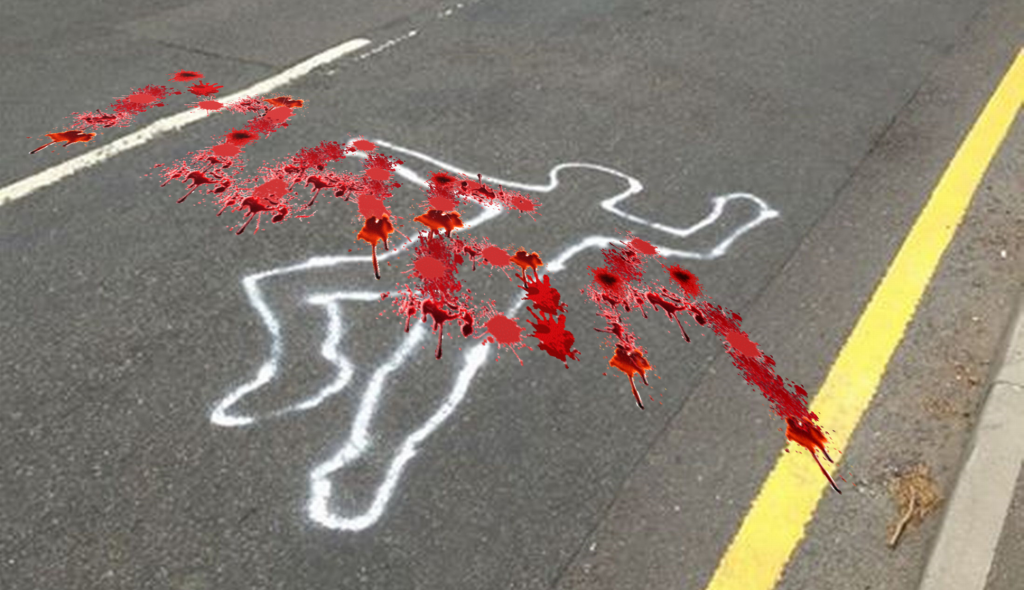
When the Fort Wayne Pistons beat the Minnesota Lakers in a National Basketball Association game on November 22, 1950, the Pistons’ leading scorer was guard Johnny Oldham, with five points. He made only one field goal – and tied for the team lead. The Pistons won 19 to 18, the lowest scoring and arguably most unwatchable game in NBA history. Low-scoring, grinding games were common at the time. A few weeks later, two other NBA teams played six excruciating overtimes. Only one shot was taken in each overtime period because teams would inbound the ball, then hold it for a last-second shot.
The preceding paragraph takes about 24 seconds to read. That’s how long NBA teams now have to shoot the ball, thanks to Danny Biasone, owner and founder of the Syracuse Nationals (currently the Philadelphia 76ers), and Leo Ferris, the general manager. They estimated that each team took about 60 shots in a well-paced, entertaining game. That computed to 24 seconds per offensive possession. The 24-second clock went into effect on October 30, 1954, when the Rochester Royals beat the Boston Celtics 98-95. It increased the pace of games, scoring, and, most importantly, attendance. Fans discouraged by the plodding style of play returned in record numbers, drawn by the excitement generated by the need to complete an offensive possession within 24 seconds.
In the 2018-2019 NBA season, the Oklahoma City Thunder and Sacramento Kings attempted the most shots per game, taking 1.6 field goals per 24-second possession between them. What if a team took 48 shots in 24 seconds? The game would be unwatchable, buried under a fusillade that could not be defended by the opponent or followed by the fans. Even Stephen Curry of the Golden State Warriors could not get off that many shots in 24 seconds.
Connor Betts did, but not on a basketball court. He did his shooting on a busy street in Dayton, Ohio. Dayton’s Mayor said the shooting spree lasted 24 seconds until the gunman was killed by police. Dayton’s Chief of Police said investigators found 41 spent shell casings at the scene. Since the shooting was late at night and triggered chaos, it’s certain that not all spent casings were found. Betts likely fired as many as 48 rounds. Nine people were killed and 14 others injured by high-caliber projectiles that screamed into their bodies. After 24 seconds Betts was shot dead by police. The good guys with guns were able to stop the bad guy with a gun but it took them 24 seconds to do it – possibly the longest 24 seconds in history.
El Paso and Juarez residents died at the intersection of weaponry and hate and Dayton residents died, apparently, at the intersection of weaponry and madness. Does your city or town have such an intersection? Mine does: a shooting at the intersection of weaponry and insanity that took six lives and injured a dozen, including former Congresswoman Gabrielle Giffords. Mass shootings are defined by the Gun Violence Archive as “4 or more shot or killed, not including the shooter.” Tucson had an earlier shooting, not defined as a mass shooting, that left four persons dead, including the killer, at the University of Arizona College of Nursing in 2002. That one took place at the intersection of weaponry and anger. My state, Arizona, has experienced five mass shootings this year, and we’re barely into August.
We hear a lot these days about the need for “gun control” measures that include extended background checks, a longer waiting list, “red flag” laws, and identification of those who are dangerously mentally ill and likely to do harm. But none of these are “gun control” measures – they are people control measures.
This is gun control: restricting firearms based on projectile size and characteristics, projectile velocity, frequency of fire, and magazine capacity. As each factor increases, so does the body count, because weapons that fire a fusillade of large, dangerous projectiles at high velocity and rapid rate of fire are designed to kill or injure as many people as possible. On the battleground, that’s called winning; on the streets of America it’s called societal suicide. Think about those “intersections” I described. There is a common factor: the weapon of war. That is the constant in mass shootings that must be the nation’s primary focus. It took same amount of time to kill and wound 23 people in Dayton as it took you to read the first paragraph.
Think about what it means to implement people control instead of gun control. As weapons of war continue to proliferate in our neighborhoods, people controls will expand. America is already becoming a surveillance state, with cameras common in downtown areas and many businesses. The prevalence of mass shootings means there will be more. And there will be calls for more police and security guards to “protect us” from the guns. The control-people-not-guns-formula logically results in a police state. That’s not hyperbole: Sean Hannity recently proposed establishment of a police state as a reaction to gun violence. “We could do this in stores, we could do this in malls, pretty much anywhere the public is,” he told his audience. “Courthouses. We could expand it out everywhere.”
Everywhere. That is the vision of the NRA and its minions like Hannity. Guns everywhere. Police everywhere. Cameras everywhere. Liberty nowhere. The logical conclusion of a policy that focuses on people control instead of gun control is a frightened population constantly under surveillance. Instead of one nation under God we’ll be one nation under a boot.
I don’t know what dark agency purchased the souls of Hannity, Trump, LaPierre, and others when they advocate for people control instead of gun control. All I know is we can’t be silent when it tries to purchase the soul of our nation.
© 2019 by Mike Tully

Be First to Comment